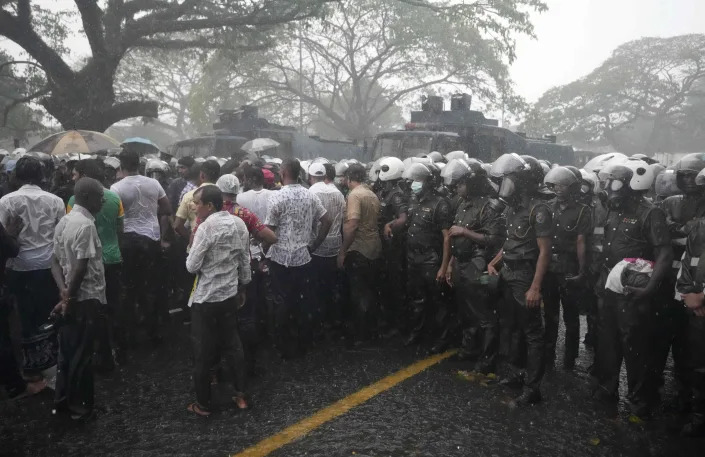07:51
Issued on: 21/02/2023 -
PERSPECTIVE © FRANCE 24
By:Stuart Norval
A new book critiques the juxtaposition of rich and powerful people preaching to the rest of us on climate change. Author and political scientist Édouard Morena looks at how the ultra wealthy have re-shaped the global discussion on climate change, often to suit their own needs, whilst ignoring more obvious ways to save the planet. Issues such as billionaires defending their use of private jets, or one of the world's largest oil producers hosting the next round of UN climate talks are among those under the microscope. Morena spoke to us on Perspective about his book "Fin du monde et Petits Fours", or "The end of the world and appetisers", which has just been published in French.
By:Stuart Norval
A new book critiques the juxtaposition of rich and powerful people preaching to the rest of us on climate change. Author and political scientist Édouard Morena looks at how the ultra wealthy have re-shaped the global discussion on climate change, often to suit their own needs, whilst ignoring more obvious ways to save the planet. Issues such as billionaires defending their use of private jets, or one of the world's largest oil producers hosting the next round of UN climate talks are among those under the microscope. Morena spoke to us on Perspective about his book "Fin du monde et Petits Fours", or "The end of the world and appetisers", which has just been published in French.

 Newsweek
Newsweek














